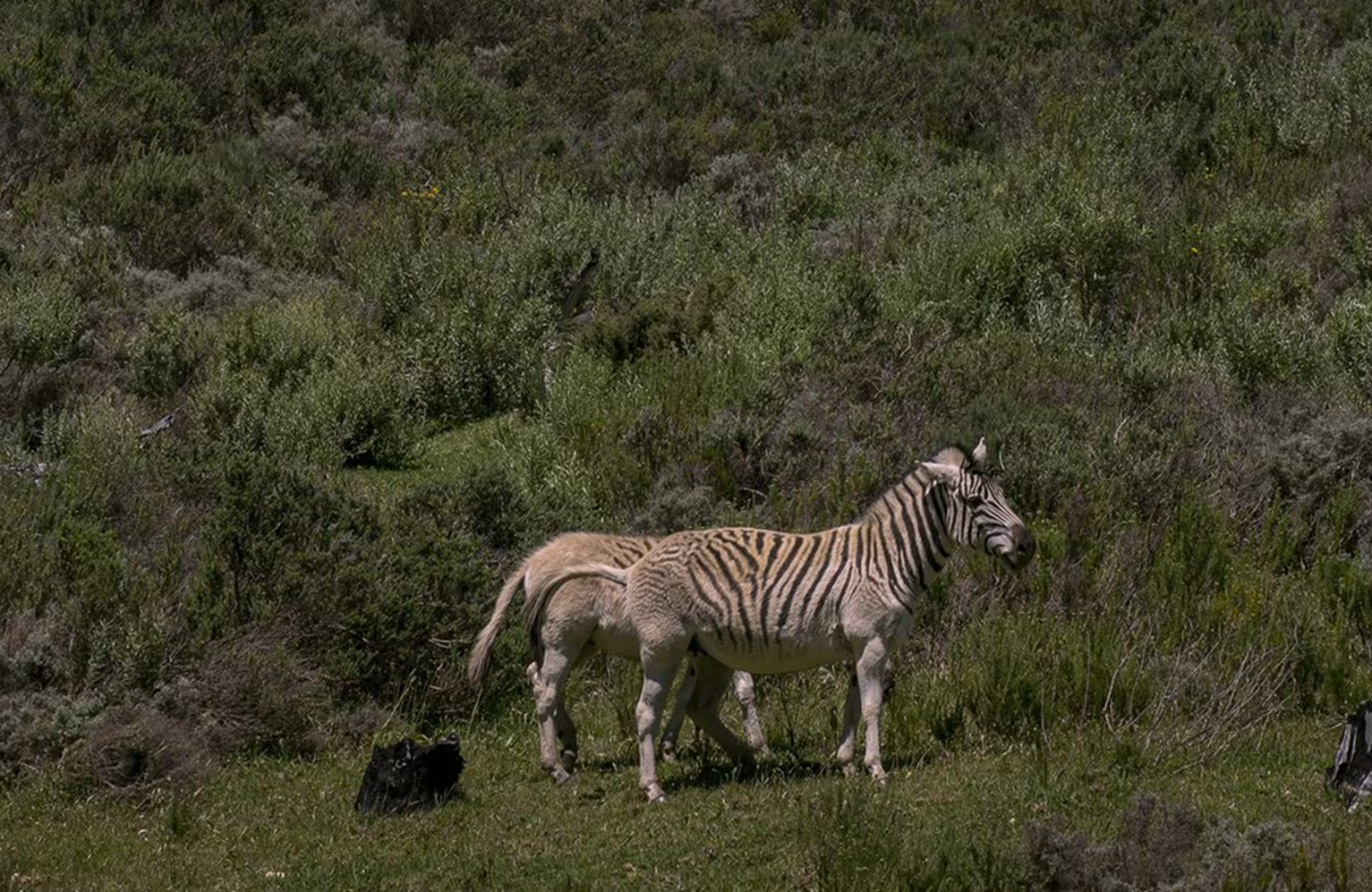The US was built on control of the bird poop supply

From Science News: "In December 1855 and January 1856, a trio of vessels set sail from the United States to Jarvis and Baker islands, coral atolls in the Pacific Ocean. The ships carried representatives from the American Guano Company and a guano expert tasked with examining the quality of the islands’ bird poop. After estimating the quantity of guano available and taking samples, the entourage claimed the islands in the name of the United States. That move marked the country’s first effort to acquire territory overseas. U.S. ownership of those islands became official in July 1856 with passage of the Guano Islands Act. That act gave the country “permission” to claim sovereignty over any allegedly uninhabited or unclaimed territory to secure access to guano, a prized fertilizer for American tobacco, cotton and wheat fields."
Dante cast her as his guide in the Divine Comedy. But who was Beatrice Portinari?

From JSTOR Daily: "She was the great love of the Early Renaissance Italian poet Dante Alighieri. He adored her so much that he cast her as his divine guide to the celestial spheres of heaven in the last book of the Divine Comedy. But his would always be an unrequited love: she was promised to someone else, and so was he. Her name was Beatrice Portinari. Beatrice Portinari belonged to a family of bankers and politicians; her father was Folco Portinari, a prior of Florence. Her family’s upper-class social status allowed her to marry into another rich Florentine set. She wed another wealthy banker, Simone de Bardi, in an arranged marriage. Dante’s wife was an Italian woman named Gemma Donati, though he never wrote a single poem about her."
Scientists believe that consciousness may hide in our brain’s electric fields

From Scientific American: "Neuroscientists explain perception, memory, cognition and even consciousness itself as products of billions of these tiny neurons busily firing their tiny “spikes” of voltage inside our brain. These energetic spikes not only convey things like pain and other sensory information to our conscious mind, but they are also in theory able to explain every detail of our complex consciousness. At least in principle. The details of this “neural code” have yet to be worked out. While neuroscientists have long focused on spikes travelling throughout brain cells, “ephaptic” field effects may really be the primary mechanism for consciousness and cognition. These effects, resulting from the electric fields produced by neurons rather than their synaptic firings, may play a leading role in our mind’s workings."
Hi everyone! Mathew Ingram here. I am able to continue writing this newsletter in part because of your financial help and support, which you can do either through my Patreon or by upgrading your subscription to a monthly contribution. I enjoy gathering all of these links and sharing them with you, but it does take time, and your support makes it possible for me to do that. And I appreciate it, believe me!
Joe Martin was an orangutan actor who appeared in more than 50 silent films

From Wikipedia: "Joe Martin was a captive orangutan who appeared in at least 50 American films of the silent era, including approximately 20 comedy shorts, several serials, two Tarzan movies, Rex Ingram's melodrama Black Orchid and its remake Trifling Women, the Max Linder feature comedy Seven Years Bad Luck, and the Irving Thalberg-produced Merry-Go-Round. Joe Martin was human-acculturated and was characterized as human-like during his life. Upon entering adolescence, Joe Martin began to physically attack humans and other animals, including studio staff. At least three of these cases were apparent defenses of a woman, child, or animal. He staged major zoo escapes at least twice, once releasing the wolves and the elephant on the way out, and once relieving a police officer of his gun."
Did scientists revive the extinct quogga or just breed a less stripey zebra?

From the WSJ: "If it looks like a quagga, gallops like a quagga and barks like a quagga, then it probably is a quagga. Or is it?Scientists and conservationists here say they’ve brought a zebralike mammal back from the dead, giving the quagga a major win over the more-famous Woolly mammoth and Dodo bird in the global race to bring animals back from extinction. But not everyone is celebrating. Detractors of the nearly four-decade quest insist it has produced nothing more than a skin-deep knockoff. “They’re effectively just making a zebra less stripey,” said Douglas McCauley, a professor of ecology and evolution at the University of California, Santa Barbara.Quaggas were once endemic to southern Africa, but aggressive hunting decimated their population and the last known quagga died at the Amsterdam zoo in 1883."
The magic of hydrophobic sand
Hydrophobic sand, also known as magic sand, is created from ordinary beach sand that is dyed a variety of colors and then coated with a hydrophobic compound. pic.twitter.com/SWU0kK3KTN
— Wonder of Science (@wonderofscience) November 5, 2024
Acknowledgements: I find a lot of these links myself, but I also get some from other newsletters that I rely on as "serendipity engines," such as The Morning News from Rosecrans Baldwin and Andrew Womack, Jodi Ettenberg's Curious About Everything, Dan Lewis's Now I Know, Robert Cottrell and Caroline Crampton's The Browser, Clive Thompson's Linkfest, Noah Brier and Colin Nagy's Why Is This Interesting, Maria Popova's The Marginalian, Sheehan Quirke AKA The Cultural Tutor, the Smithsonian magazine, and JSTOR Daily. If you come across something interesting that you think should be included here, please feel free to email me at mathew @ mathewingram dot com



